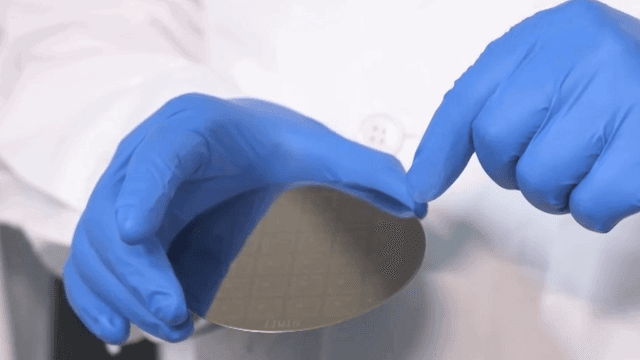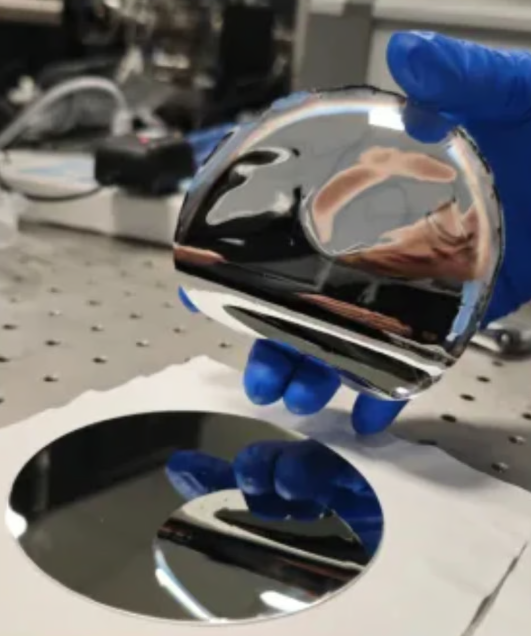

Researchers at the Shanghai Institute of Microsystem and Information Technology, part of the Chinese Academy of Sciences (CAS), have developed a semiconductor chip insulator made from artificial sapphire, a breakthrough that could potentially extend smartphone battery life. The study proposes that the atomically thin sapphire film could facilitate the creation of more efficient two-dimensional circuits.

Image source- CAS/CMG
About the research
A research team led by Di and Tian Ziao from the State Key Laboratory of Materials for Integrated Circuits at the Shanghai Institute of Microsystem and Information Technology, part of CAS, has developed a single-crystal aluminium wafer and introduced oxygen atoms at room temperature to create a single-crystalline aluminium oxide layer just 1.25 nanometers thick, forming an exceptionally thin layer of artificial sapphire, as reported by SCMP.
This cutting-edge research also paves the way for more power-efficient chips. In the field of dielectric materials, the miniaturisation of transistors has posed a significant challenge as devices continue to shrink. Dielectric materials, which typically act as insulators in chips, lose their effectiveness at the nanoscale—one reason our smartphones heat up and have short battery lives.
“By using intercalation oxidation technology on single-crystal aluminium, we were able to produce this single-crystal aluminium oxide dielectric material. Unlike traditional amorphous dielectric materials, our crystalline sapphire can achieve exceptionally low leakage at just one-nanometer level,” explained researcher Di Zengfeng.

Image source - SCMP
Construction of the complex 2D integrated circuits
Di stated that constructing complex 2D integrated circuits can fully unlock the vast potential of 2D materials, laying the groundwork for the next generation of high-performance electronic devices. The researchers demonstrated excellent processing reproducibility and uniformity of the film in a batch of 100 devices.
Traditional chips, or integrated circuits, consist of intricate, interconnected structures on a silicon wafer substrate. Transistors control current flow within these chips, while dielectric layers, made from insulating materials, separate conductive layers to prevent current leakage. These dielectric layers also serve as thermal barriers, helping to manage heat distribution within the chip.
“The aluminum oxide we created is essentially artificial sapphire, identical to natural sapphire in terms of crystal structure, dielectric properties and insulation characteristics,” added Tian Zi’ao, a researcher involved in the project.
Developing power-efficient devices
This new achievement can aid researchers in developing power-efficient devices with extended battery life. According to the researchers, chips created with this technology could be crucial for advancing artificial intelligence and Internet of Things applications.
The researchers stated that the simplicity of the method allows it to be easily scaled to industrial production levels. According to SCMP, the sapphire film's manufacturing technique and material characteristics are compatible with existing silicon-based processes. This development is a significant step toward applying two-dimensional semiconductor materials in industrial settings. The breakthrough also holds strong potential to enhance the battery life of smartphones.
Responses








